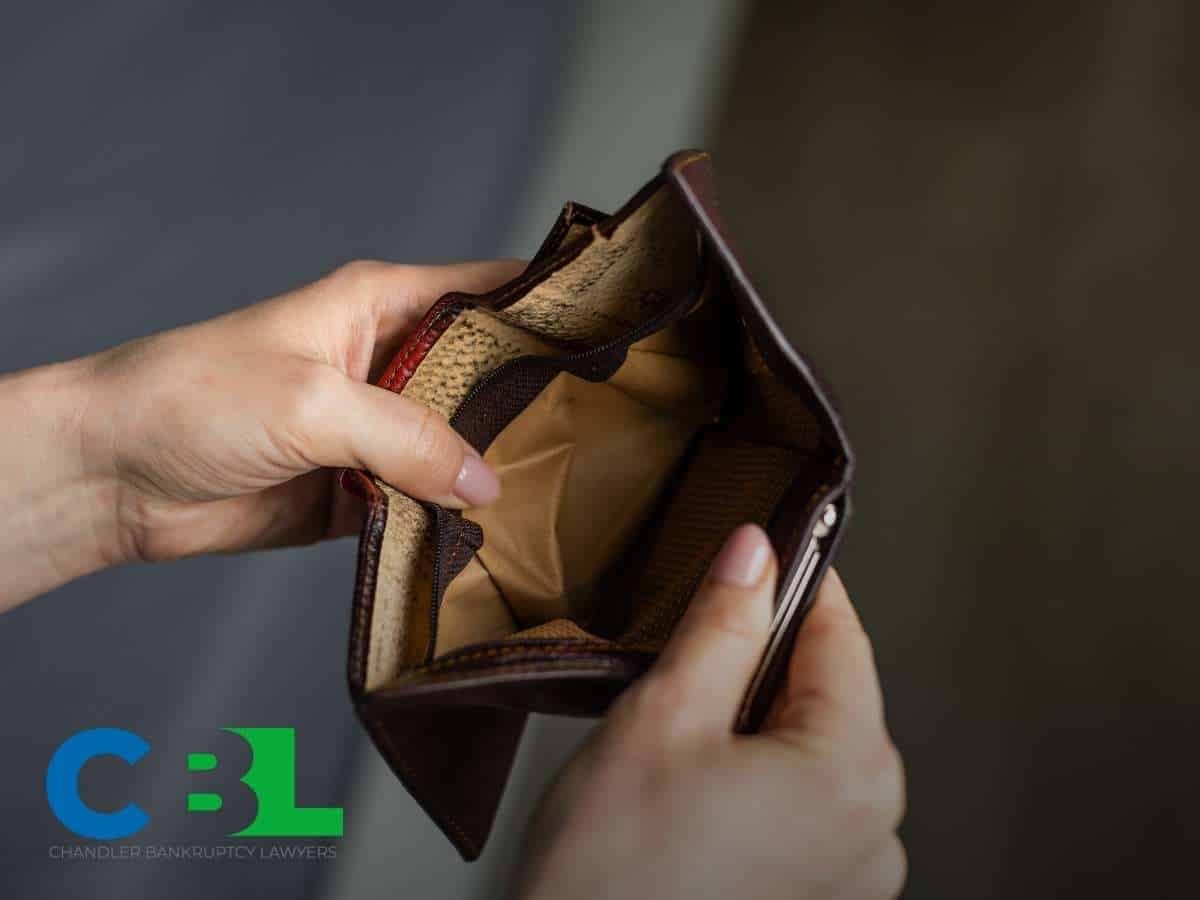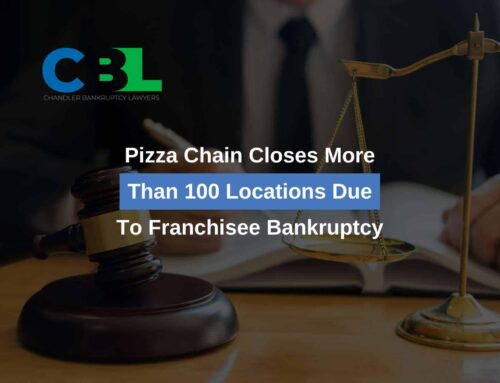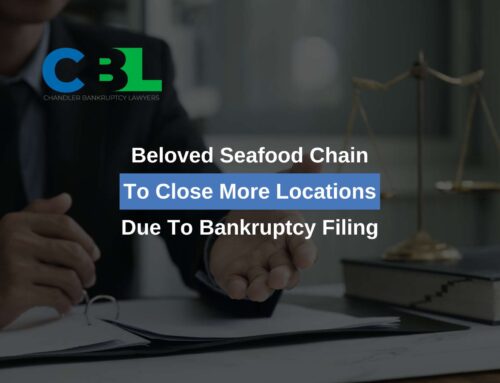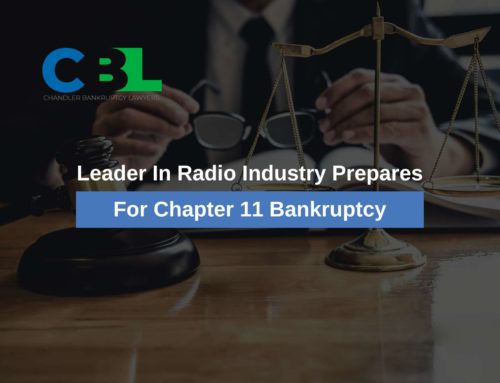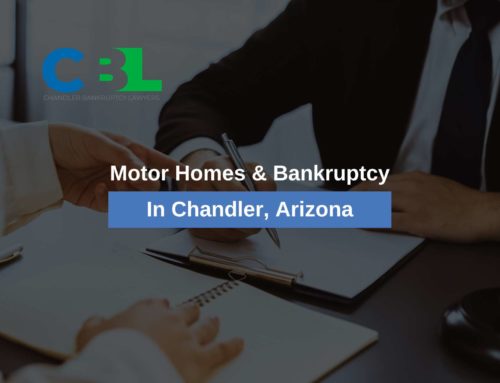Our Mesa Bankruptcy Lawyers Discuss a Serious Issue That Is Often Ignored & Can Lead To Massive Debt
Almost everyone is guilty of using retail therapy at least once or twice to deal with an emotional issue. Sometimes when you’re feeling down, a new pair of shoes or décor item for the home can lift your mood. But when someone becomes dependent on the feeling they get after shopping, it can become a serious situation. For someone dealing with debt incurred due to a shopping addiction, bankruptcy might be able to help. However, there are special considerations to keep in mind when filing bankruptcy due to a shopping addiction. Read on to learn more about some of those considerations for an Arizona bankruptcy filing. For your free consultation with an experienced member of our Mesa bankruptcy team, call 480-448-9800 or click here.
What Is Shopping Addiction?
Many people have a hard time acknowledging an addiction to something that isn’t a substance. However, shopping addiction affects approximately 4.9% of United States citizens. Shopping is considered an addiction when it is compulsive and the shopper has no control over their behavior. Some experts actually specify different types of shopping addiction, including:
- Trophy shoppers: Always on the hunt for the perfect item. They may never find that item or need to find a trophy item in a different category once found.
- “Bulimic” shoppers: These shoppers binge and purge, returning purchases for which they feel guilty.
- Collectors: These shoppers need to obtain one of every item in a set.
- Bargain hunters: These types of shoppers will purchase items they don’t need just because they are on sale or a good deal. Even small purchases can add up to huge debts, and faster than you might think.
- Shopaholics: These shoppers simply love the thrill of the buy. They love having the newest and best version of everything.
- Compulsive shoppers: These shoppers specifically shop when they’re feeling stressed, sad, etc.
Signs of a Shopping Addiction
There are different types of shopping addicts, so shopping addiction will present itself differently in different people. Someone with a shopping addiction may shop more when they are in emotional distress. They probably spend beyond their means and may shop in favor of paying other bills. They may also spend most of their time thinking about shopping and money. Shopping may give the person a rush, and they may feel guilty or embarrassed afterwards.
When someone has a shopping addiction, it isn’t uncommon for them to amass a large amount of credit card debt. Credit cards can give someone a false sense of having more money than they actually have. A shopping addict can also apply for several credit cards in a short time period before the negative marks begin showing up on their credit report. A shopping addict may also turn to personal loans and title loans to fulfill their spending habits. A major difference between these two types of loans is that personal loans are unsecured while title loans are secured to your vehicle. Filing bankruptcy won’t discharge a lien on your vehicle. That means in general, personal loans are dischargeable in bankruptcy and secured debts aren’t.
There is hope for people who struggle with shopping addiction. Some shopping addicts find relief from antidepressants or anti-anxiety medications. Others may benefit from therapy and other treatments used for other types of addictions. You may benefit from joining a group like Spenders Anonymous. You should contact your mental health provider or PCP for referrals on providers who specialize in shopping addiction treatment.
The Automatic Stay
Someone with a shopping addiction is likely to struggle with debt, which can come with several negative consequences besides a low credit score. When you fall behind on bills, you will also start incurring interest on top of what you already owe. This only makes it harder and harder to get out of debt. Once you have gone a certain amount of time without paying bills, your creditors will start to take action.
Your auto lender may repossess your vehicle, and your home lender may foreclose your home. You could receive a summons in the mail notifying you that one of your creditors is suing you. If they receive a judgment against you, they can use that to garnish your wages, put a lien on your property, or even levy your bank account. Your utility providers could shut off services if you fail to make payments. All the while, you will have creditors aggressively contacting you in pursuit of payment.
The automatic stay can provide relief from all of these issues. The automatic stay begins protecting you from your creditors when your bankruptcy petition is filed with the court. It generally lasts until the case is discharged, but there are some exceptions. You should review your case with a bankruptcy attorney before filing to see if any of them apply.
Credit Card Debt and Bankruptcy
A secondary symptom of a shopping addiction is often credit card debt. Because credit card debt is unsecured, it is dischargeable in Chapter 7 bankruptcy and the last category of debt addressed in a Chapter 13 bankruptcy. However, there are rules about discharging credit card debt in bankruptcy. You will also lose your credit cards when you file your petition and will need to apply for new ones (if you want them) after your case is discharged.
Ideally, you will curb your shopping (especially credit card spending) at least a few months before filing bankruptcy. Certain credit card spending before a bankruptcy won’t be discharged because of the possibility of the debtor incurring the debt with the intention of filing bankruptcy. The Bankruptcy Code doesn’t allow for credit card cash advances of more than $1,100 in the 70 days before filing. It also restricts luxury goods and services credit card spending to $800 in the 90 days before filing.
Can I File Bankruptcy More than Once?
If you have a legitimate shopping addiction, unless there are exigent financial circumstances, it may be beneficial to wait until you have addressed your shopping issue before you file bankruptcy. This is because you will be subject to certain waiting periods before you can discharge your debts in bankruptcy again.
When your first bankruptcy is a Chapter 7, you will need to wait eight years until you can file another Chapter 7 bankruptcy. This waiting period is reduced to four years if your second bankruptcy is a Chapter 13. If your first bankruptcy is a Chapter 13, you will need to wait two years to file another Chapter 13. You will need to wait six years if you wish to file Chapter 7.
Professional, Courtesy Bankruptcy Representation For Mesa Residents
Timing your bankruptcy incorrectly or making mistakes on your petition could result in your credit card debt remaining after bankruptcy, or your creditors not being notified of the automatic stay. A bankruptcy attorney will guide you through your case so you don’t make those types of mistakes. At Chandler Bankruptcy Lawyers, we offer skillful guidance with affordable payment options. We even offer qualified clients post-filing payment plans starting at $0 down. To learn more, call 480-448-9800 or click here to request your free consultation.
Additional Assistance is Available from our Arizona Bankruptcy Experts:
Gilbert Bankruptcy Attorneys
Tucson Bankruptcy Lawyers
Glendale Bankruptcy Lawyer
Chandler Bankruptcy Lawyer
Tempe Bankruptcy Lawyers
Arizona Bankruptcy Attorneys
Peoria Bankruptcy Lawyers
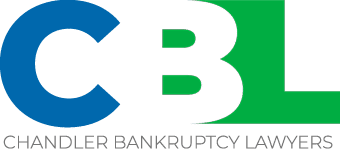
1731 West Baseline Road #101
Mesa, Arizona 85202
Phone:(480) 448-9800

